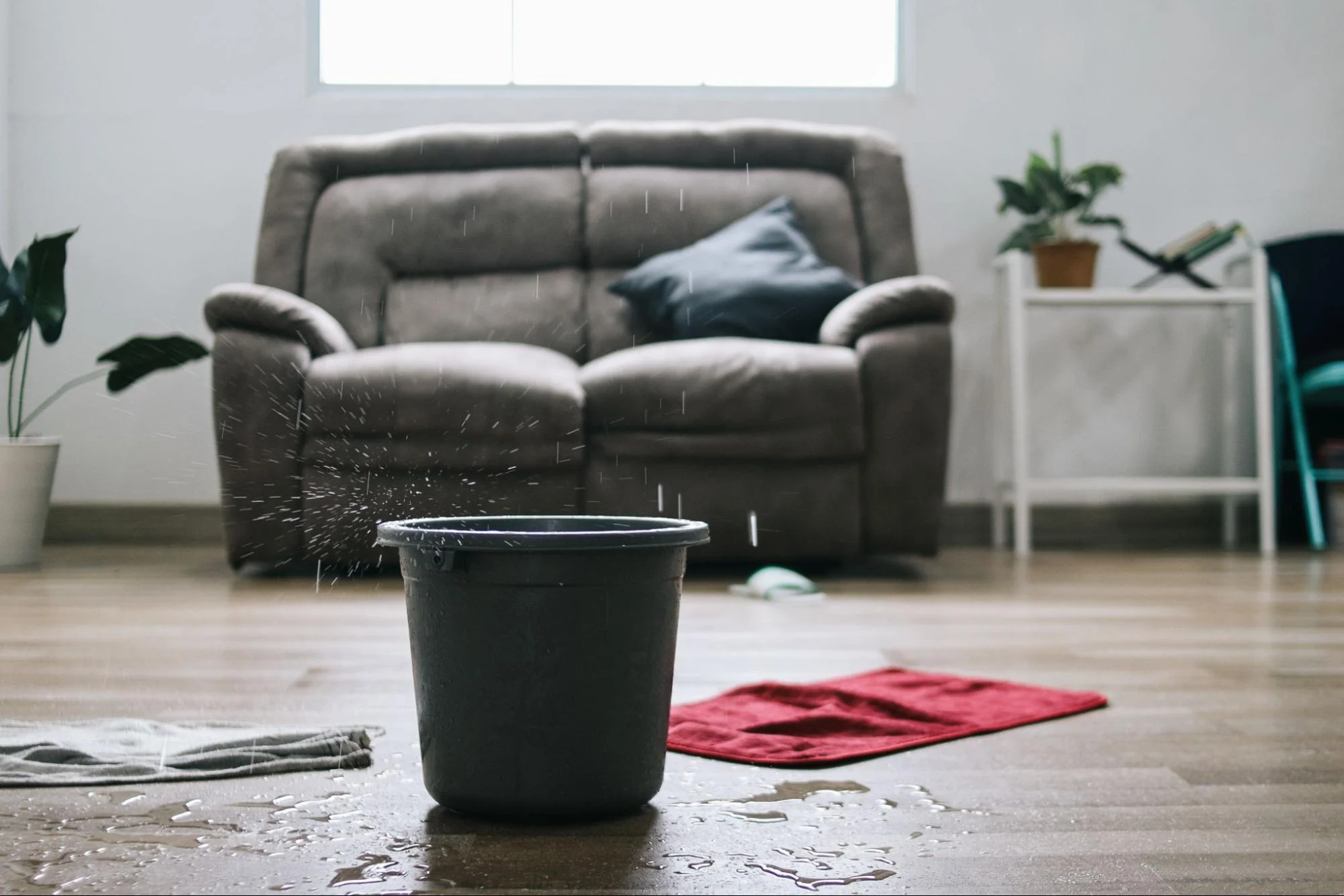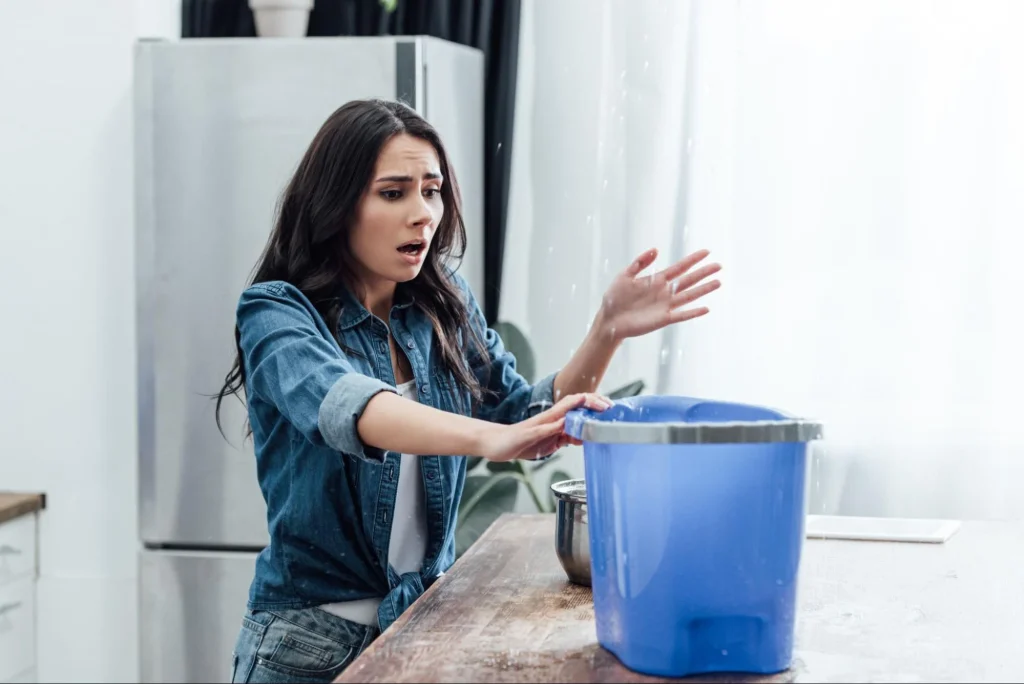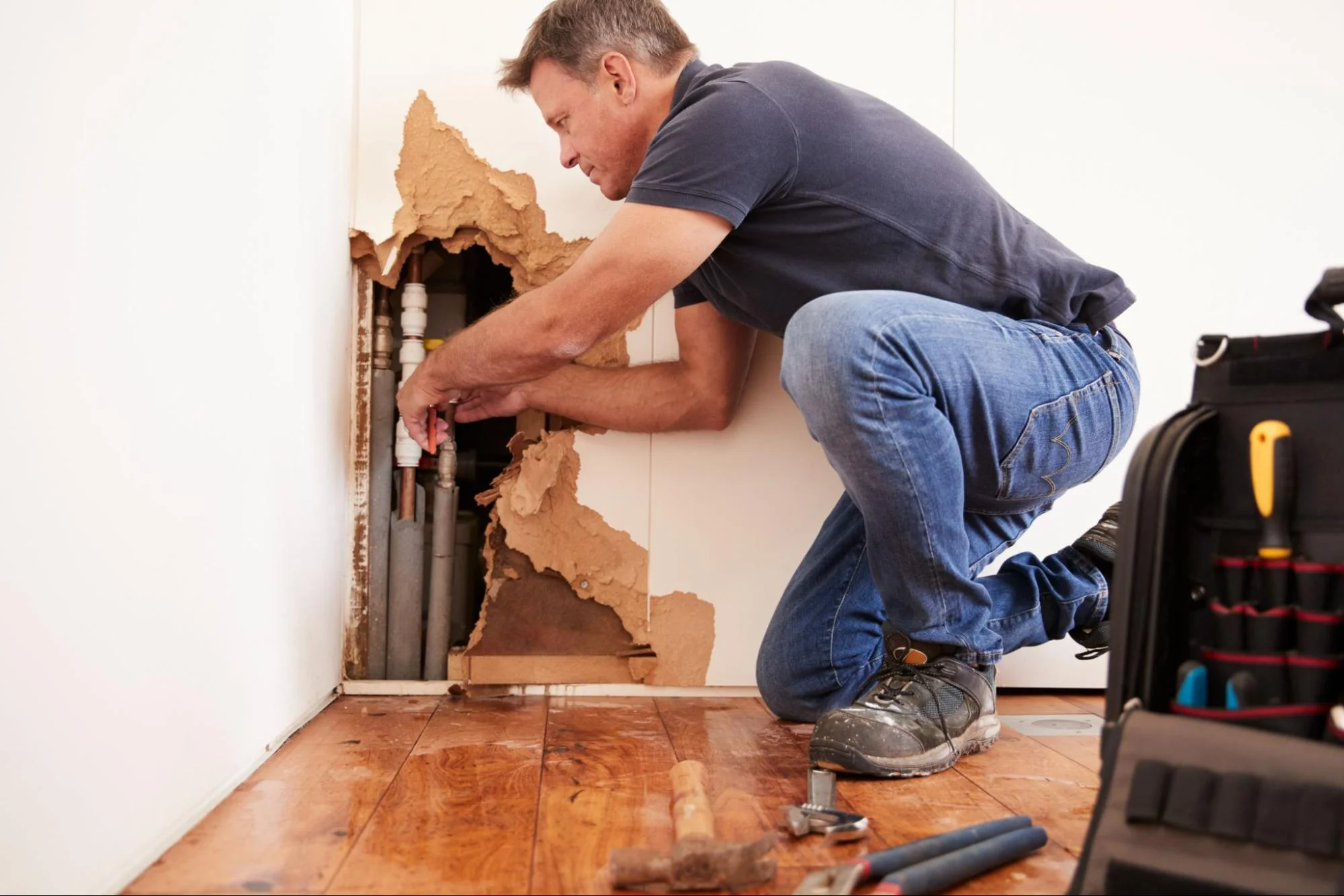
Water damage can be a nightmare for homeowners, leading to costly repairs and potential health risks. To prevent water damage, regular maintenance of your home’s gutters and downspouts is crucial. Clean them twice a year to avoid blockages that can cause water to seep into your foundation. It is also essential to trim trees and bushes to keep their roots from damaging pipes and drainage systems.
If your home has already suffered water damage, quick action is key. Dry out the affected area immediately by opening windows and doors, and using fans to circulate air. Pay special attention to any structural components that may need careful repair to ensure your home’s safety.
Understanding your insurance policy is important in cases of water damage. Some damages might be covered, saving you from significant out-of-pocket expenses. Always consult with your insurance company to understand what is included in your coverage and take steps to mitigate future risks.

To prevent water damage and catch it early, you need to focus on protecting your home from external water threats and maintaining internal systems like plumbing and appliances.
Ensure that your roof, gutters, and downspouts are in good condition to manage rainwater effectively. Regularly inspect your roof for cracks or missing shingles that could lead to damp and structural damage. Make sure gutters and downspouts are clear of debris to prevent water from pooling and damaging your home’s foundation. Check your home’s caulking around doors and windows to prevent water from seeping in during storms. Proper drainage around your home is crucial; ensure soil slopes away from your foundation to avoid water accumulation near the base. If you live in an area prone to floods or extreme weather, consider adding extra protection like waterproofing and sump pumps.
Regularly check your home’s plumbing and appliances for leaks. Inspect pipes, dishwashers, washing machines, water heaters, toilets, sinks, faucets, and showers for any signs of leaking or moisture build-up. Small leaks can often be identified by higher-than-usual water bills or the presence of musty smells.
Use humid sensors and moisture detectors in areas prone to water accumulation, such as basements and attics. These tools can alert you to issues before they cause significant damage. Regular maintenance, including tightening hose connections and replacing worn-out seals, can also prevent leaks. Conduct regular inspections to identify and address any early signs of water damage, like peeling paint or warped materials.

When dealing with water damage, you need to act quickly and follow specific steps to minimize the damage and begin restoration. Here’s a detailed guide on how to control the situation and what to consider during the restoration process.
The first thing to do is ensure safety. Turn off electricity to prevent shocks. Wear personal protective equipment (PPE) like gloves, masks, and boots.
Check for standing water and remove it using pumps. If the flooding is minimal, towels and mops can help. Open windows and doors to vent the area and use fans and dehumidifiers to speed up drying.
Watch out for mold growth which can occur within 24-48 hours. If you notice mold, don’t disturb it; call professionals for mold remediation. Identify the type of water involved. Gray water and black water are contaminated and need special handling. It’s vital to disinfect the area to prevent health risks.
Engaging a professional restoration service is crucial for thorough cleanup and repair. They will assess the damage and develop a plan. These experts use advanced equipment like industrial dehumidifiers, air movers, and moisture meters to ensure proper drying.
Professionals will remove damaged materials such as drywall, insulation, and flooring. They clean and sanitize the affected areas to eliminate bacteria and mold.
During this process, the team will also handle mold remediation to ensure your home is safe. Depending on the extent of damage, they may also work on structural repairs and replacements. You should file an insurance claim promptly and document all damage with photos and lists to facilitate this process.
After water removal and drying, start with the reconstruction phase. Begin by repairing or replacing damaged drywall, paint, and insulation. Choose waterproof flooring to prevent future issues.
Take extra care with basements as they are prone to water damage. If you find water stains on walls or ceilings, check for potential leaks and fix them.
Sanitize all affected furnishings and personal items. Replace porous materials like carpets and rugs that cannot be cleaned thoroughly. If your home experienced severe flooding, consider installing a sump pump to manage future water accumulation.
Overall, thorough cleanup, professional help, and preventive measures will ensure your home is restored and safeguarded against future water damage issues. For Professional assistance, contact Kaminskiy Care and Repair to fix water damage in your home.
Regularly inspect roofs, gutters, and downspouts for leaks and blockages. Clean them to ensure proper water drainage. Install backwater valves to prevent sewer backups. Ensure that the ground around your home slopes away to reduce the risk of water seeping into the foundation.
First, identify the source of the leak. Common methods to stop leakage include using waterproof sealants, repairing cracks, and applying waterproof coatings. If the damage is extensive, consider consulting a professional for more comprehensive repairs.
Start by removing any standing water. Use fans and dehumidifiers to dry out the affected area. Clean and disinfect surfaces to prevent mold growth. Inspect and repair any structural damage. For extensive damage, it may be best to hire professionals for thorough repairs.
Insulate pipes, especially in cold weather, to prevent them from freezing and bursting. Regularly inspect pipes for signs of wear and replace them as needed. Install water leak detectors that can alert you to any potential leaks before they cause significant damage.